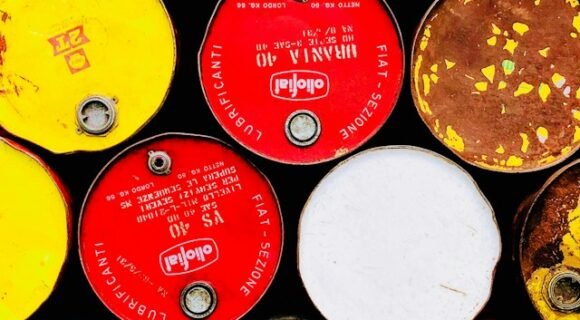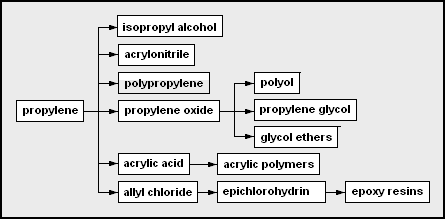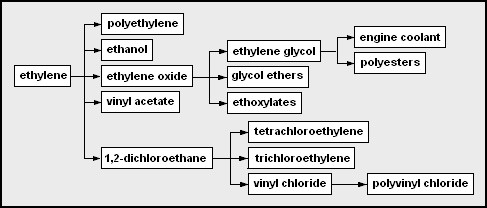Oil and Petrochemical

PETROCHEMICAL

OIL

EQUIPMENT
History
In 1835, Henri Victor Regnault, a French chemist left vinyl chloride in the sun and found a white solid at the bottom of the flask which was polyvinyl chloride. In 1839, Eduard Simon discovered polystyrene by accident by distilling storax. In 1856, William Henry Perkin discovered the first synthetic dye, Mauveine. In 1888, Friedrich Reinitzer, an Austrian plant scientist observed cholesteryl benzoate had two different melting points. In 1909, Leo Hendrik Baekeland invented bakelite made from phenol and formaldehyde. In 1928, synthetic fuels were invented using the Fischer-Tropsch process. In 1929, Walter Bock invented synthetic rubber Buna-S which is made up of styrene and butadiene and used to make car tyres. In 1933, Otto Röhm polymerized the first acrylic glass methyl methacrylate. In 1935, Michael Perrin invented polyethylene. In 1937, Wallace Hume Carothers invented nylon. In 1938, Otto Bayer invented polyurethane. In 1941, Roy Plunkett invented Teflon. In 1946, he invented Polyester. Polyethylene terephthalate (PET) bottles are made from ethylene and paraxylene. In 1949, Fritz Stastny turned polystyrene into foam. After World War II, polypropylene was discovered in the early 1950s. In 1965, Stephanie Kwolek invented Kevlar.
Olefins


